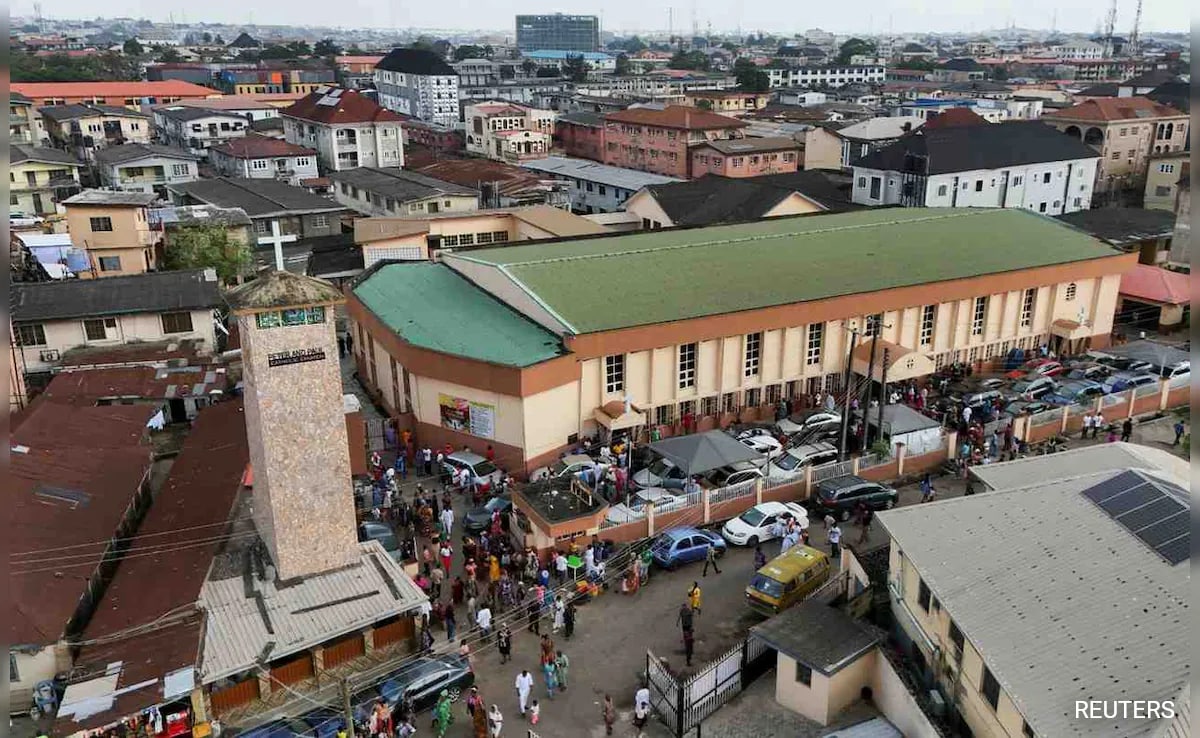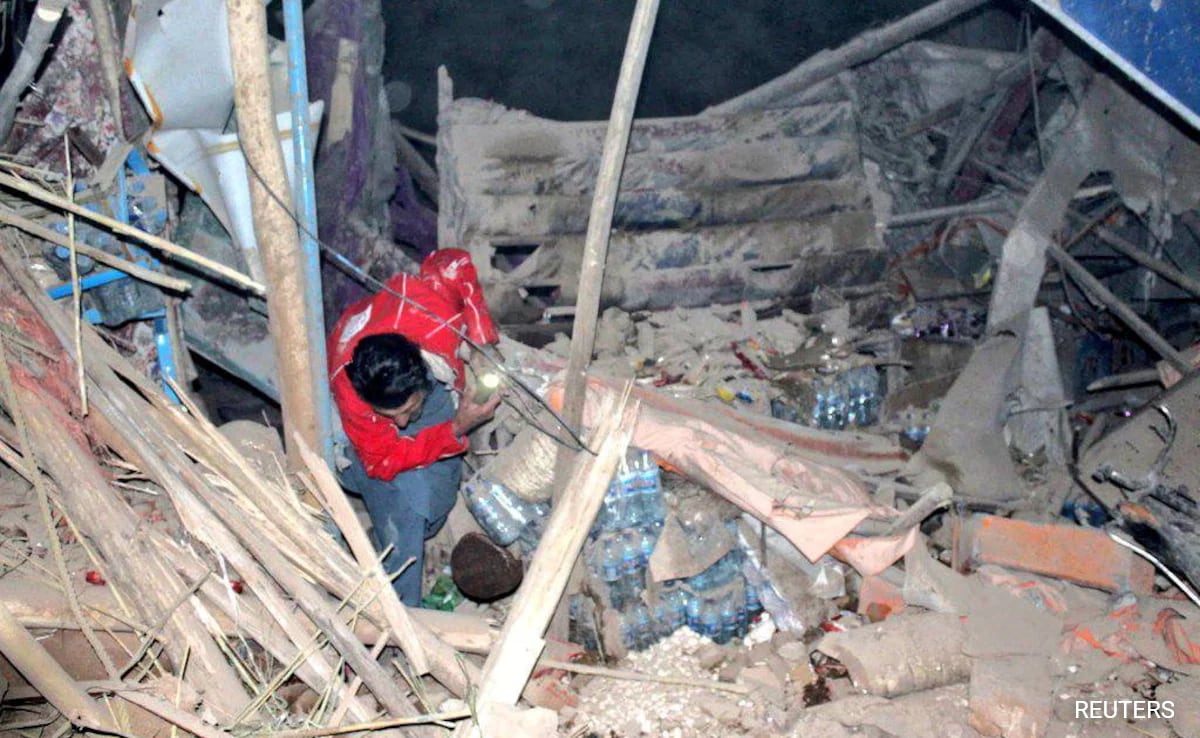At least 17 people are dead and 41 more injured in Kabul in the wake of Friday night’s celebratory gunfire by Taliban fighters, a source in the Afghan capital’s emergency hospital has told Sputnik.
Bursts of gunfire rang out across the Afghan capital on Friday amid reports that Panjshir province had fallen. Taliban officials assured Kabul residents that the firing was celebratory in nature, while representatives of the movement’s leadership called on militants to stop firing immediately, and warned that any fighters caught shooting their weapons would have them seized, and the perpetrators brought to justice.
#Kabul Firing For Fun! pic.twitter.com/c4DSDQmAmY
— Pranay Upadhyaya (@JournoPranay) September 3, 2021Kabul view in Night.
Video of Taliban firing aerial shots.#Taliban #Kabul pic.twitter.com/Ck2SXEPcCv
More clear footage of the celebratory firing in #Kabul pic.twitter.com/O5zVEsXlIK
— Afghanistan 24/7 (@AfghanUpdates) September 3, 2021The Taliban’s firing on news that Panjshir had been captured followed similar celebratory gunfire last week on the news Monday that the last US troops had left Afghanistan.
The Taliban, sources on the ground in Afghanistan, and the Panjshir resistance forces issued conflicting reports Friday night on whether or not the besieged region had fallen to the Sunni militant group.
Earlier in the day, the Taliban announced that it had taken control of a strategically important area of Panjshir, and that demining operations were underway.
Panjshir is the stronghold of the so-called National Resistance Front, led by Ahmad Massoud, son of the late Afghan guerrilla commander Ahmad Shah Massoud, and ex-vice president Amrullah Saleh, self-proclaimed caretaker president. On Friday night, after a Taliban spokesman claimed that Panjshir had fallen, Saleh released a video, purportedly from on the ground in Panjshir, saying he was still in the valley and that reports that he had fled were “totally baseless” and “fake news.”
Situated about 150 km northeast of Kabul, Panjshir managed to hold out against the Taliban the last time the militants were in control of much of Afghanistan between 1996 and 2001. Mujahedeen militants also controlled much of the territory during the war against the USSR and the Soviet-allied Afghan government in the 1980s and early 1990s. Resistance officials maintain that their “stronghold” is “unbreakable.”
.png)












 English (United States) ·
English (United States) ·  Turkish (Turkey) ·
Turkish (Turkey) ·